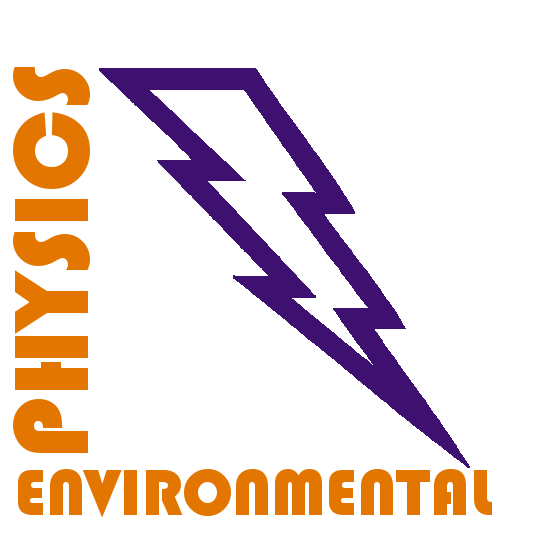|
Abstrakt: In the biomedical applications of cold plasma, the dominant biological effect is most typically attributed to the reactive oxygen and nitrogen species (RONS), while the physical effect of electric fields is sometimes overlooked. Here, we investigated the antibacterial effect of RONS in plasma-activated water (PAW) on the inactivation of E. coli bacteria,
coupled with a mild 200-nanosecond pulsed electric field (PEF) treatment. By using transient spark discharge plasma in open atmospheric air and closed air reactors, and by adding hydrogen peroxide (H2O2) into the PAW, different chemical compositions of RONS were obtained. We measured the time evolution of the concentrations of key species in the PAW post-discharge: nitrites (NO−2) and H2O2. PAW rich in both NO−2 and H2O2 showed
an antibacterial effect, which was enhanced by the PEF, whereas PAW rich in NO−2 and poor in H2O2 showed an enhancement of the antibacterial effect by the PEF only when H2O2 was externally added. The presence of sufficient concentrations of both NO−2 and H2O2 optimized the formation of peroxynitrous acid (ONOOH), which caused a strong peroxidation of the cell membranes leading to the cell death, but it also made them more vulnerable to the PEF treatment. The results suggest that the interaction with radicals during the bacteria exposure to PAW leads to an antibacterial effect reinforced by the pulsed electric field, hence showing a synergy of the chemical and physical plasma agents. This opens new perspectives for applications both plasma and PEF areas of research.
|

